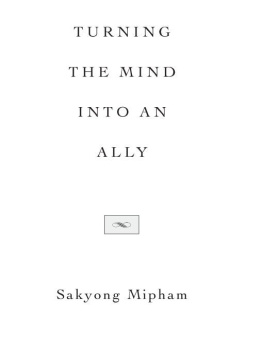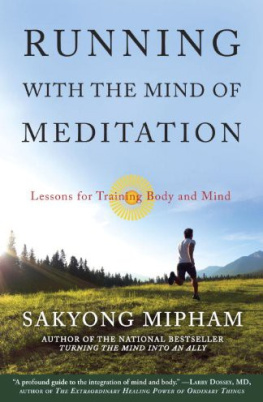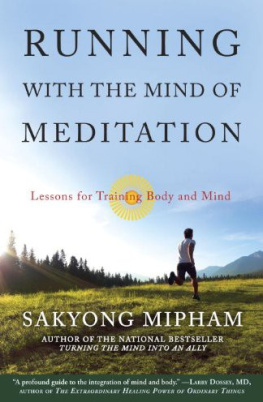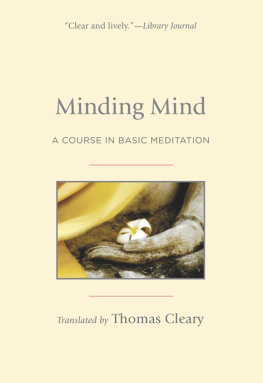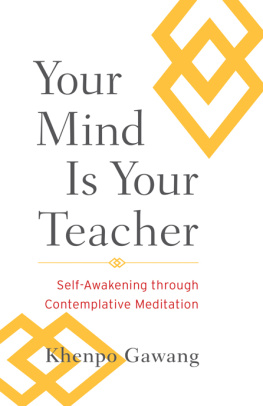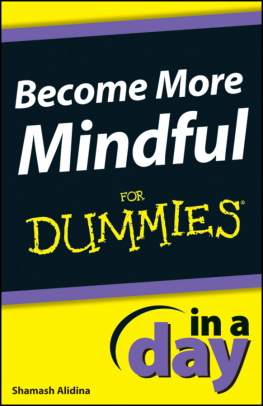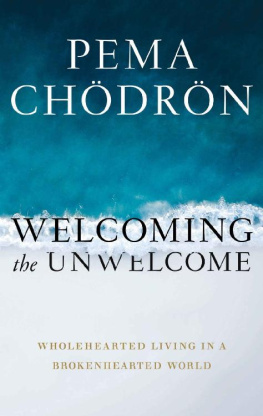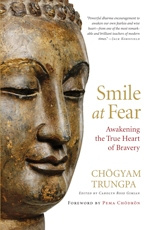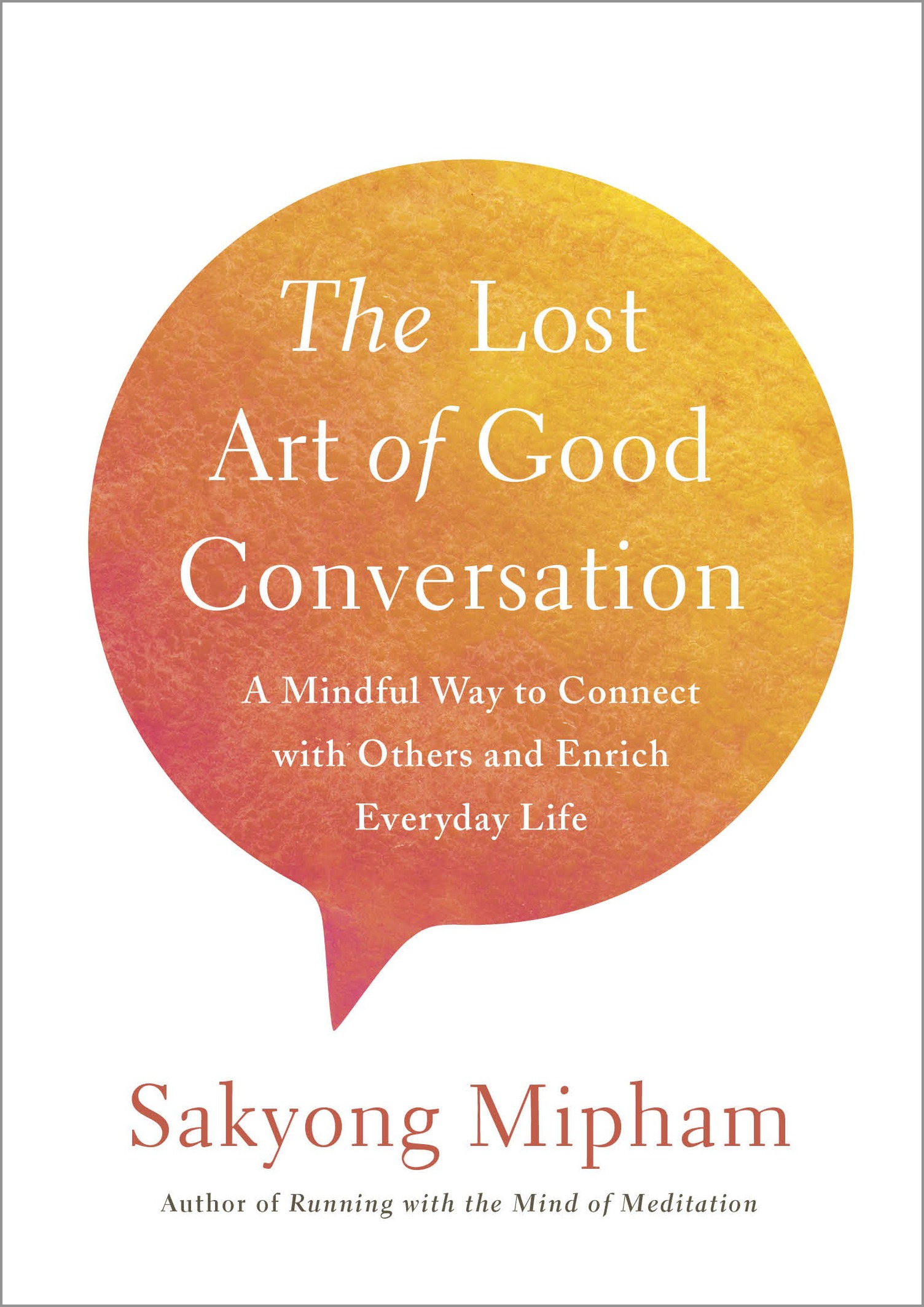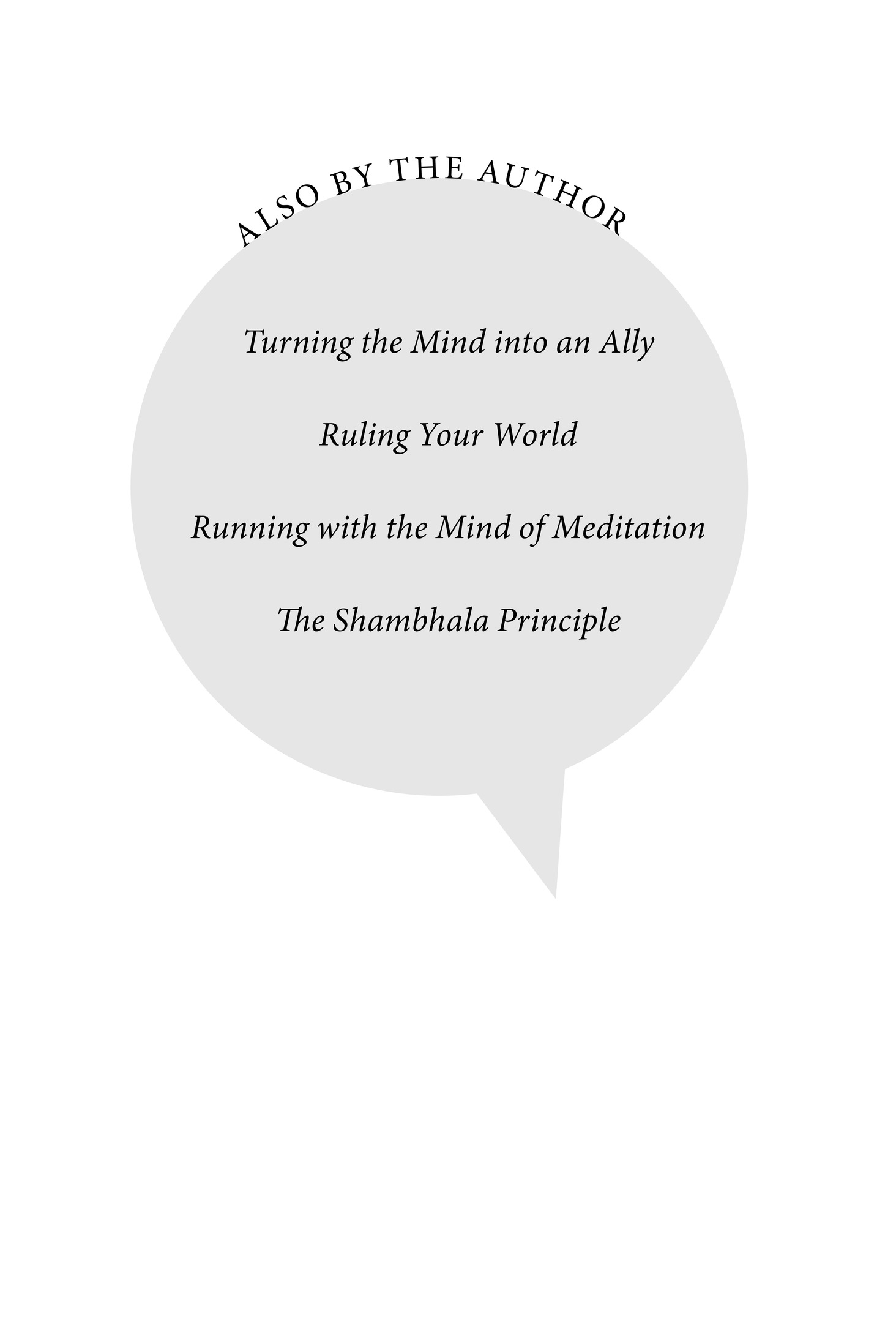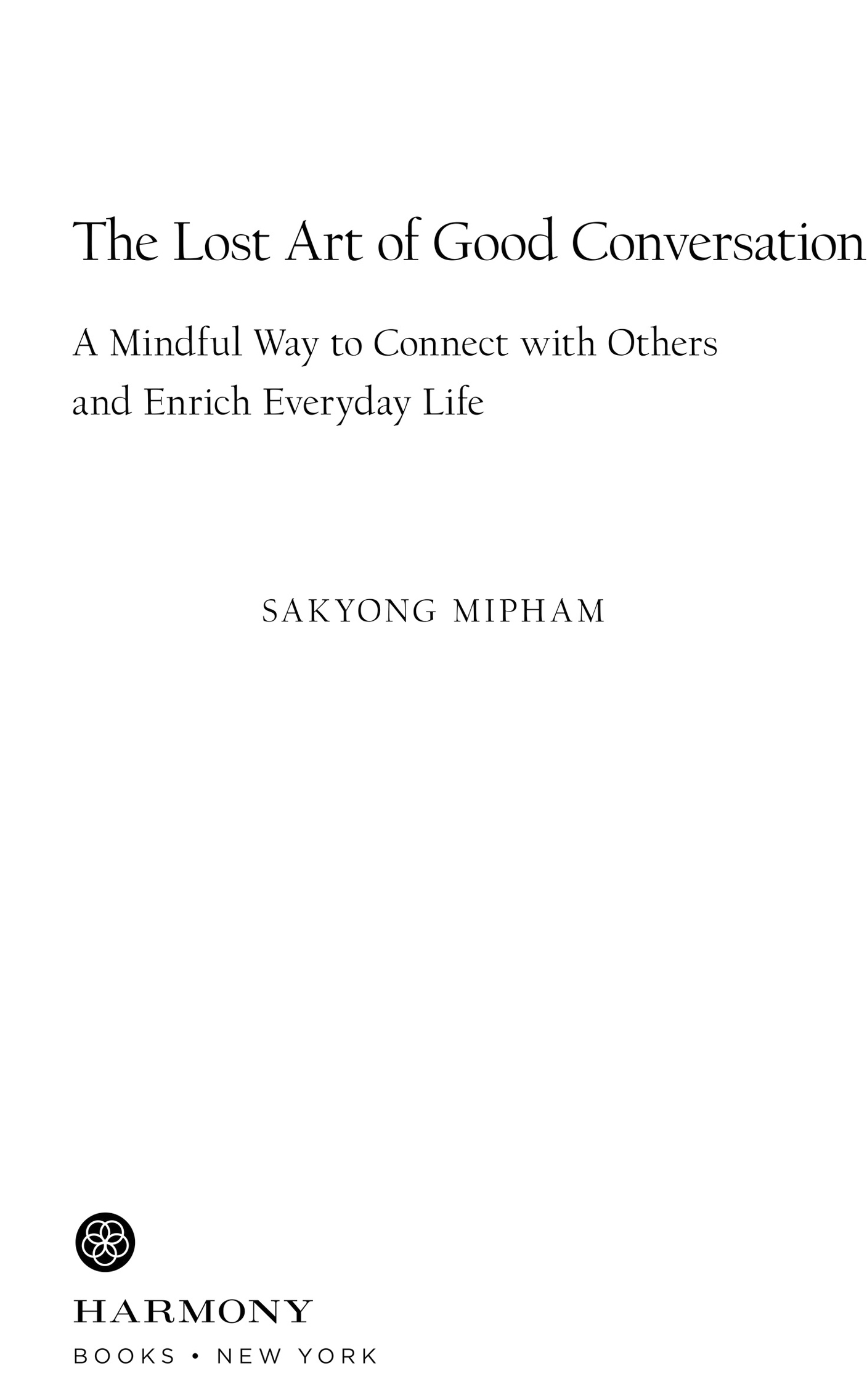Copyright 2017 by Mipham J. Mukpo
All rights reserved.
Published in the United States by Harmony Books, an imprint of the Crown Publishing Group, a division of Penguin Random House LLC, New York.
crownpublishing.com
Harmony Books is a registered trademark, and the Circle colophon is a trademark of Penguin Random House LLC.
Some of the slogans used in this book are from Training the Mind and Cultivating Loving-Kindness by Chgyam Trungpa (Boston: Shambhala Publications, 1993 by Diana J. Mukpo. Revised translation of The Root Texts of the Seven Points of Training the Mind by Chekawa Yeshe Dorje 1993 by Diana J. Mukpo and the Nland Translation Committee).
Library of Congress Cataloging-in-Publication Data
Names: Sakyong Mipham, Rinpoche, 1962 author
Title: The lost art of good conversation / Sakyong Mipham.
Description: New York : Harmony Books, 2017.
Identifiers: LCCN 2017014009 | ISBN 9780451499431 (hc)
Subjects: LCSH: Conversation. | Etiquette. | Oral communicationReligious aspectsBuddhism. | ConversationReligious aspectsBuddhism.
Classification: LCC BJ2121 .S25 2017 | DDC 177/.2dc23 LC record available at https://lccn.loc.gov/2017014009
ISBN9780451499431
Ebook ISBN9780451499448
Cover design by Jennifer Carrow
Cover illustration by Rolau Elena/Shutterstock
v4.1_r1
ep
To my family
Contents
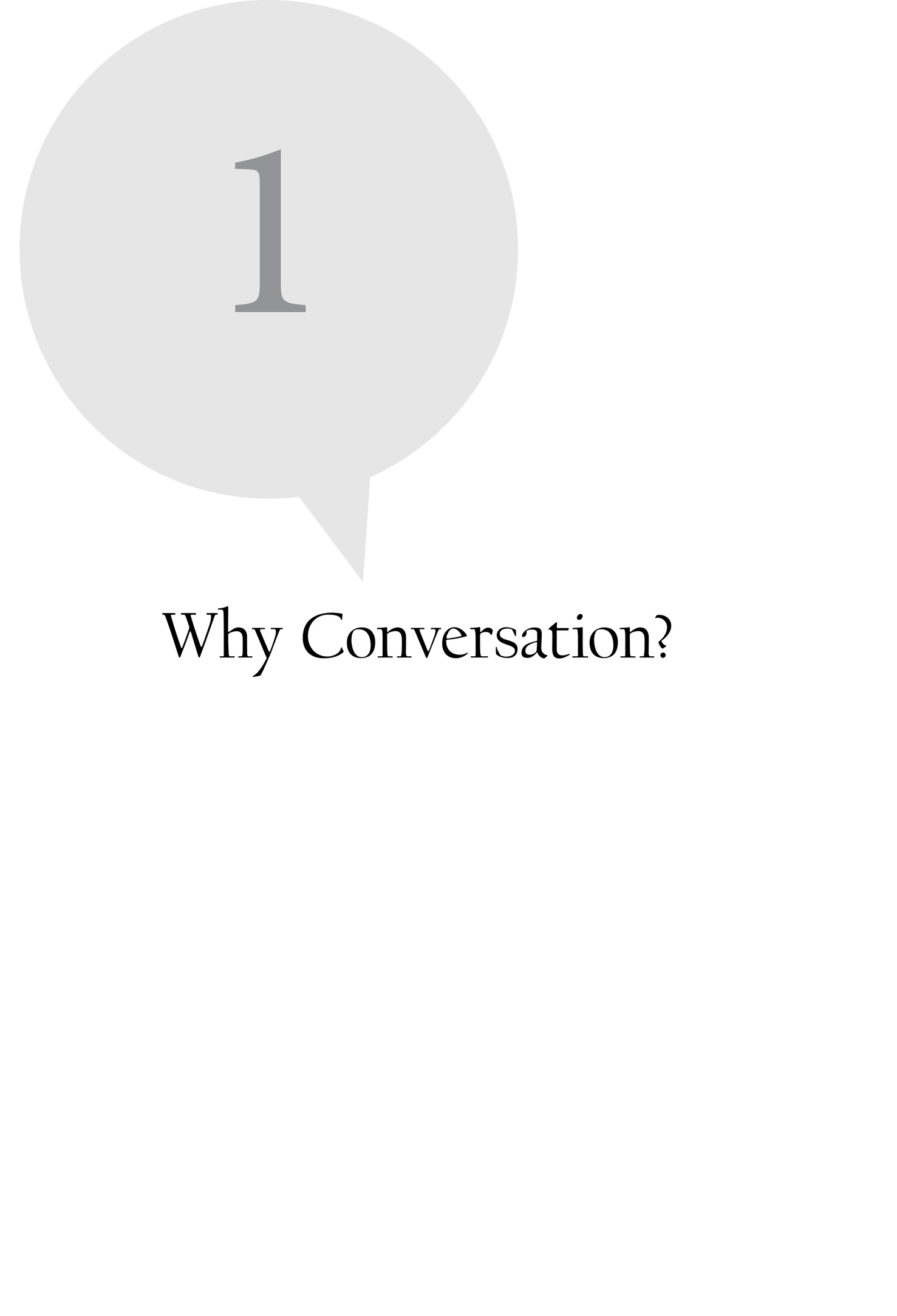
Introduction: Bringing Light to a Dark Age
In the eighth century, a great Buddhist master, Padmasambhava, predicted that in the future a dark age would come about. In addition to environmental and social degradation and war, there would be a coarsening of the human consciousness. As a result, good attitude, good conduct, and good speech would wane. Rather than building society around dignified principles of humanity, we would become hardened by opinions and distracted by gadgets, mistaking possessions as a means to happiness when the true sun of happiness shines in our own hearts. Forgetting our basic goodness, we would feel less connection with others as the light of love and compassion dimmed.
In these challenging and chaotic times, I believe that such darkness is now upon us like a long shadow at the end of the daya diminishing of light. The Shambhala teachings say that this has come about because we are losing our power to determine what to accept and what to reject.
One particular element of our predicament is that our evolving technology intensifies the use of words and images through speed of communication. With the emphasis on speed, the mind is inclined to become more familiar with the language of negativity and develop it further. Because we take less time to think before we speak, we may project our anger around the globe via media before considering the outcome. Once we have uttered our message, karmic consequences are inevitable. The basic laws of the universe have not changed, and we will inevitably suffer as a repercussion of our negative actions.
The great warrior bodhisattva Shantideva said, Even though we want happiness, out of confusion, we destroy it as if it were our own mortal enemy. At such a time, we must have a plan: a set of principles for how we will act. Without a plan we could easily succumb to the forces of fear and confusion, and our life force would wane.
I have written The Lost Art of Good Conversation as a guide to help us bring a little light to the current dark age. The point is to reconnect with the sun of goodness in our hearts and use speech to awaken naturally good qualities in ourselves and others. This approach is based on the path of the warrior, someone who is committed to helping others and who uses everyday life activity to foster awakening. This path is one of joining the spiritual with the worldly. Any activity can be used to change habitual patterns and embody virtue. It all depends on mindfulness, which leads to discernment: knowing what to cultivate and what to discard. Conversation is a perfect vehicle for such practice because it is almost always available.
In the art of conversation we cultivate some sense of goodness, not only in ourselves, but in others as well. When we are gentle with ourselves, we can open our hearts to others. In this book there are guidelines on how to connect with people genuinely, and how not to be swayed by negative emotions. Taking this approach is the gateway to all perfect things. What are perfect things? On a relative level, they are long life, friends, health, and wealthall the elements everybody is trying to achieve. In addition, they are our enlightened qualitiescompassion and wisdom.
In writing this book, I drew my inspiration from my father, the first Sakyong, Chgyam Trungpa Rinpoche, who emerged from the warrior tradition of eastern Tibet with the Shambhala teachings and the message of basic goodness. He did not pull these teachings from thin air but drew on spiritual ancestry dating back to ancient central and southern Asia. He had visions inspired by Padmasambhava and the warrior-king Gesar of Ling; he was also drawing on his own upbringing in Tibet and the teachings he received based on the legendary kingdom of Shambhalathe word means source of happinesswhich he felt presented themselves at this time as the antidote to our current dark age. On a daily basis, my father would express bits of wisdom, both relative and absolute. These have stayed in my heart, and some I share here. A great deal of this advice is not particularly spiritual. Its just common sense.
Many societies have understood that to grow and be in harmony, we need civility and decency as well as kindness. In modern times, because the ancient wisdom of many cultures has been usurped by materialism and individualism, this civility is often seen as limiting and uncomfortable. Themes such as virtue and dignity are considered outdated. However, as the dark ages become more insidious, people are beginning to realize the value of ordinary human decency. Kindness and respect are as powerful as ever. In fact, they are even more powerful in an age fueled by technology. I invite you to join me in exploring them through the art of conversation.
This book is written in stand-alone chapters so that the reader can reflect on them and practice conversation. The first part of the book explores how to reconnect with the feeling of basic goodness in our lives. The art of conversation depends on this feeling. In the rest of the book I focus on the specific elements of having a conversation. The chapters can be read in the order you like.
Each chapter is accompanied by a reflection. By self-reflecting and practicing good conversation, we can make it our own, as if we had discovered it. This will bring dignity to our daily lives. If enough of us practice this, we will have a huge impact on the future of this planet.
The Kongma Sakyong II
Jamgn Mipham Rinpoche
What If We Forget How to Have a Conversation?
One day in the grocery store, I noticed long lines at the automated checkout stations, while three cashier lanes nearby were standing empty. I took my groceries to a cashier, a man in his twenties, and asked him why he thought this was happening. Looking over at the line, where several people were checking their phones as they waited, he said, Most of those people are young. Apparently, people in my generation just dont much like to talk face-to-face. And I thought,



